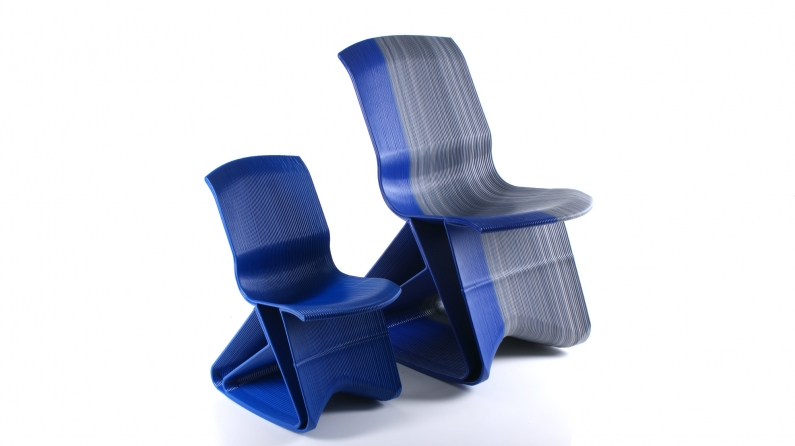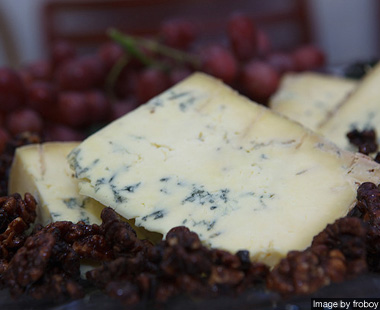One of the most nausea-inducing qualities of “pink slime” (a.k.a. disinfected leftover beef trimmings, a.k.a. the contents of your fast food hamburger patty) is the fact that it’s doused with ammonia. But as it turns out, that’s not as uncommon as you might like to think. According to the University of Michigan Risk Science Center, a burger patty made with pink slime contains 0.02 grams of ammonia per 100 grams of meat — but bleu cheese contains almost seven times as much.
Here are 10 foods with more ammonia than your slimy, slimy burger:
- Cheese. Oh my god, cheese is like an ammonia warehouse. Domestic bleu cheese topped the list with 0.138 grams of ammonia per 100 grams, but cheddar (0.11), beer cheese (0.092), American cheese (0.081), and a couple types I’ve never heard of all ranked.
- Salami, 0.11 grams of ammonia per 100 grams.
- Peanut butter, 0.049 grams per 100.
- Mayonnaise, 0.041 grams per 100.
- Ketchup, 0.035.
- Gelatin, 0.034.
- Onions, 0.027.
- Potato chips, 0.024, though I imagine the brand and flavor would matter.
- Brewer’s yeast, 0.022.
- Margarine, 0.021
Now, to be fair this is based on a 1973 paper, so the ammonia content in some of these foods may have changed. But on the other hand, in 1973 the ammonia content in a burger patty was half what it is today. So those changes might not have been for the better.
It’s not totally clear whether you should be less freaked out by pink slime, or a hell of a lot more freaked out by everything else. But one thing is for certain: You may want to think twice about whether you’re going to eat that burger with mayo, onion, ketchup, and American cheese — or whether you’re just going to use it to clean your windows.



